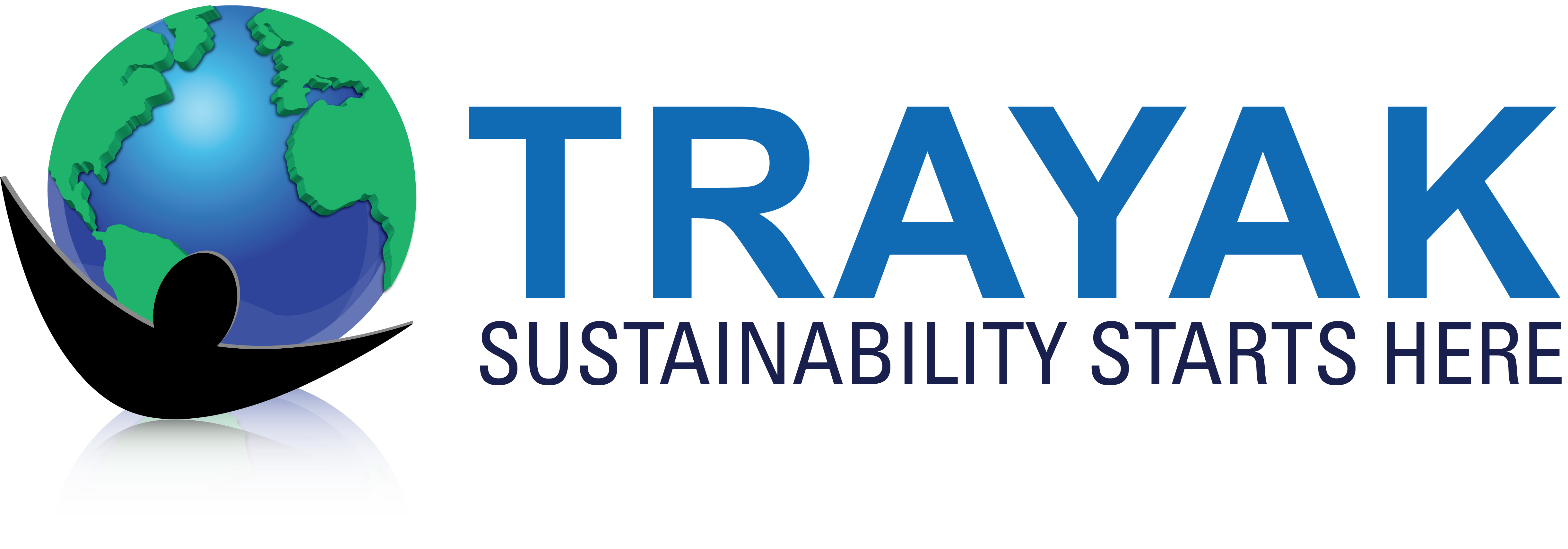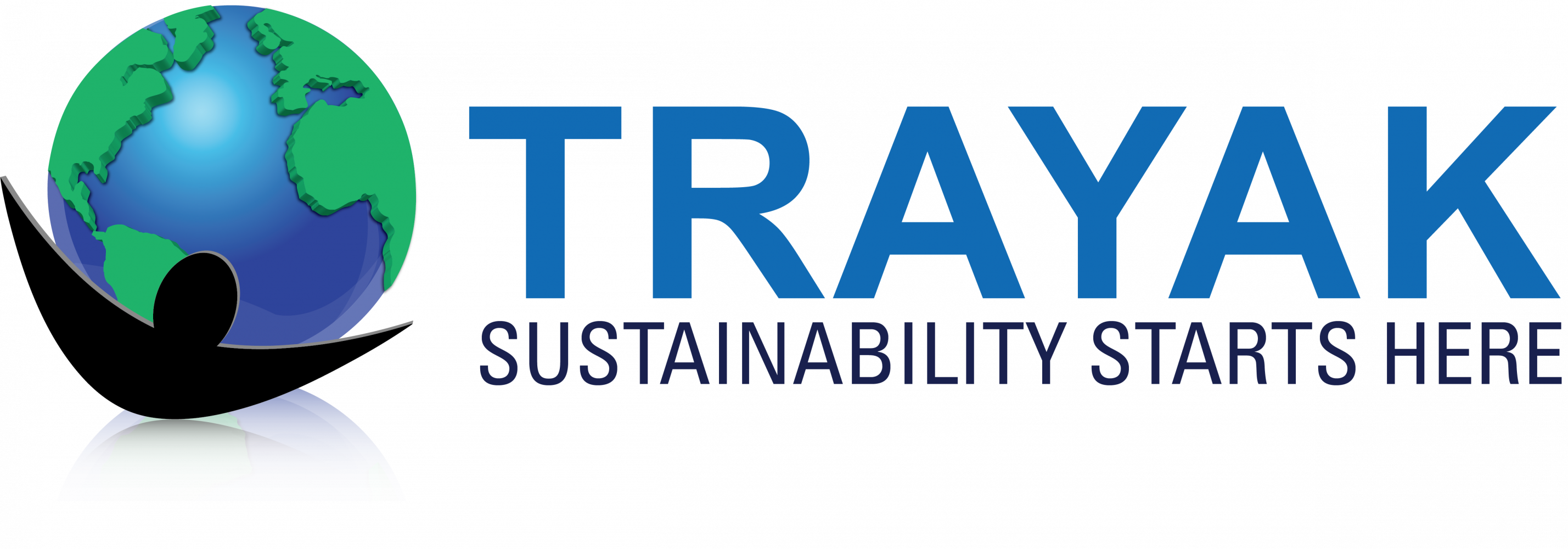What is Beyond 34?
The Beyond 34 initiative is led by the United States Chamber of Commerce Foundation. The goal of Beyond 34 is to advance the circular economy in various regions and cities across the United States by providing a scalable model to follow. Beyond 34 aims to improve recycling, recovery, and reuse rates across the United States. The name Beyond 34 comes from the United States recycling rate of 34% when the initiative was created. Orlando, Florida was the first region that Beyond 34 worked in and is in the final phase of implementation.
The Beyond 34 model includes a three-phase roadmap that is specific for each region. The first phase, Current State Assessment, evaluates the region’s waste, recycling, and recovery systems to identify areas where the greatest impacts can be made. The second phase is the Opportunity Analysis which identifies potential solutions to improve the overall circularity of the region. The final phase creates a plan for the implementation of the best solutions from phase two.
The Cincinnati Plan
The Cincinnati specific plan focuses on organic solutions, commercial diversion strategies, and education strategies. For Cincinnati, 62.2% of materials that are landfilled are eligible to be recycled, recovered, or composted. Cincinnati currently has a citywide goal to become more sustainable called the 2018 Green Cincinnati Plan (GCP). GCP’s goal is to reduce Cincinnati’s carbon emissions by 80% by 2050 through 80 different strategies.
Organic Solutions
The first category of the plan focuses on organic solutions. Organic solutions focus on creating systems to reduce and divert organic waste from landfills. One of the top priorities is to improve the food rescue network in the region. Even though there currently are food rescue programs, food still goes to waste. Tools such as Goodr, a paid platform that connects companies with paid couriers who transport food to food rescues, can be used by companies to decrease their food waste. There are also services that use volunteer couriers to transport food. Companies that participate in food donations can qualify for tax benefits and use the reduced environmental impact in their sustainability reports. One barrier to food donation was identified as companies being concerned about liability. However, the Bill Emerson Good Samaritan Food Donation Act protects companies from liability when they donate food in good faith.
Another priority of the organic solutions is a centralized composting facility. The Current State Assessment identified that in Cincinnati 11,044 tons of food waste and 9,463 tons of yard waste are sent to landfills every year. Currently, no large-scale food waste composting programs are located in the Cincinnati region. Instead, compostable materials are often moved to other regions that have composting infrastructure.
A lower priority project is a network of decentralized composting centers. Centralized and decentralized composting centers could coexist in the region. The centralized composting center would focus on commercial waste. Whereas the decentralized composting centers can focus on residential food and yard waste.
Commercial Diversion
Commercial diversion strategies focus on ways to increase commercial waste diversion. One plan is to improve the waste audit toolkit and trainings. Waste audits are important because they help companies understand their waste stream and therefore identify areas for potential improvements. Some companies do not have access to a reliable, affordable waste audit or lack the personnel to complete an internal waste audit. The Hamilton County Recycling and Solid Waste District is expanding on the current waste audit toolkit offered. The updated toolkit will include case studies of successful businesses.
Currently, due to the amount of multi-family homes, the recycling infrastructure downtown needs to be improved. Multi-family homes often do not offer recycling in their facilities. The city needs to work with the property management companies to find ways to offer recycling solutions.
Education
Residential and consumer education can increase access to material recovery and help people to properly recycle. Improvements to signage on recycling bins could help consumers make informed decisions on waste disposal. An online tool could be used to create customized signage that is specific to the type of waste commonly found there. The signage also needs to be simplified and use everyday terms so that people understand what qualifies for recycling. A common mistake is consumers discarding their recyclables in a trash bag or plastic bag. The most significant contaminant in the Rumpke recycling plant is plastic shopping bags. Plastic bags can get tangled in the sorting machines, requiring the entire process to be stopped and risking injury to the workers who have to untangle the bags. These bags then become the contaminants to the facility. Consumers also need to be educated on the formats of packaging accepted at their local material recovery facility (MRF) to avoid “wish-cycling” and throwing everything that is plastic into the recycling bin. In Cincinnati, large plastic salad tubs and clamshells are not currently recyclable even though the average consumer would assume they are. Recently, the city of Cincinnati has expanded their recycling processes to allow collection of polypropylene tubs such as yogurt containers, butter containers, sour cream containers, and more.
Another area for improvement is in online education. Online sites can be used to enhance the conversation around recycling and composting. Online sites can be used to go into more detail about specific product types and their ideal end of life. Online sites can also be used to highlight composting and recycling locations. It’s always important for a community member to research what can be accepted at their local MRF because it changes from country to country, state to state, city to city, and even county to county.
Conclusion
The U.S. Chamber of Commerce Foundation is working with regional businesses such as Coca-Cola Consolidated, Kroger, Procter & Gamble, Plastics Industry Association, Walgreens Boots Alliance, and Walmart. The U.S. Chamber of Commerce Foundation is also working with community partners such as Cincinnati USA Regional Chamber, the City of Cincinnati, and Hamilton County. Together under Beyond 34, they will work towards a more sustainable Cincinnati.
Trayak has been helping leading brands of all sizes make data-driven sustainability decisions for over 10 years. If you would like to learn more about our tools and services please contact us.
Sources
About Us. Goodr.
Green Cincinnati Plan. City of Cincinnati. https://www.cincinnati-oh.gov/oes/citywide-efforts/climate-protection-green-cincinnati-plan/.


Add a Comment
You must be logged in to post a comment